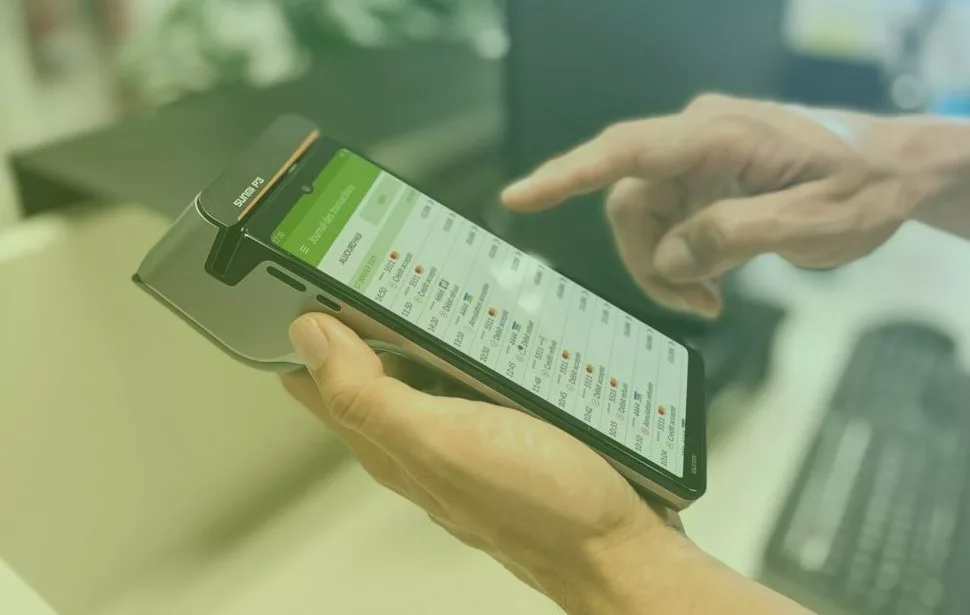In short, WeChat is changing the world of commerce and digitization, connecting billions of people with calls, chats, and more. It is considered the most innovative and versatile application, the so-called Chinese App For Everything. In addition, taking into account the huge growth of the middle class in China, it is an opportunity for all those online businesses in the world that want to receive purchases from Chinese consumers.
Today we are going to clear all your doubts about its definition, operation and role in alternative payment methods for e-commerce. If you want to know new curiosities of the star application in the Chinese community, continue reading!

What is WeChat?
Here is the big question because explaining WeChat in a few words is difficult. It should be clarified that this application is not a WhatsApp’s clone, but much more than that: a kind of ecosystem with multiple functionalities.
WeChat is the most popular social network and mobile application in China, where you can send and receive instant messages, and also includes shops and payment services.
Brief history of WeChat
This innovative application was developed by the Chinese multinational Tencent from a project at the Guangzhou Research Centre in October 2010. However, WeChat would not come out until January of the following year. It was invented by Xialong Zhang and named by Ma Ha Huateng, Tencent CEO. The team involved in this new application was totally new and unskilled in terms of focus on developing an application 100% adapted to mobile experience. At first, the original name of the app was Weixin until the rebranding was carried out to adjust to the Chinese market. It reached 195 million active users per month in the first quarter of 2013, and currently already has more than 1 billion monthly active users.
How does it work?
Within the WeChat’s functionalities we can find 3 main areas:
- Social. It is the best known part of the application, but is not limited to instant messaging only. The application also includes other features which allow to meet new users. Besides, it has a small integration with LinkedIn, so it can also be used for work topics, and allows to make phone calls, etc.
- Application of applications. It is a Marketplace, a kind of “mobile operating system” from which companies and users interact on a daily basis, publish content, allow geolocation, etc. It also has some online game offers (Riot Games, League of Legends), which attracted the attention of some companies in 2004.
- Wallet. It is much more than a means of payment, such as a service portal where users can find both Tencent’s own applications and third-party services. According to some studies on the application, “the interesting thing about this model is that allows Tencent to provide a wide variety of services without having to re-login, re-enter payment details or just change the user experience. In fact, many users talk about requesting a taxi through WeChat, when in fact they do it through DiDi.”
Therefore, these three functionalities allow managing some fundamental aspects of our daily life: exchanging instant messages, meeting new users, working, making calls, paying in a store, ordering a taxi, buying tickets for an event, etc.
We could say that many people use a different application for each of the features offered by WeChat; in other words, if we want to use social networks, we download Facebook, Twitter or Instagram; to meet new people, we use Tinder, Badoo… If we need to make a payment, we make a transfer from our bank or use an app specialized in payments.
However, WeChat enables all these tasks from a single app. It is an environment that allows us to cover all needs from a single point, with a unified login and a common interface.
It is no coincidence that it is the favourite payment method in China.
Why do many e-Commerces already include it in their payment methods?
Perhaps, this question has already been answered in the previous section. WeChat has millions of registered accounts, more than 1 billion active users, most between the ages of 16 and 65, and use the application an average of 66 minutes a day. This information indicates that millions of people use WeChat as a payment method. If e-commerce takes these figures into account and add it in the forms of payment offered to its customers, the results can be amazing:
- Wider clients’ portfolio.
- Easier and faster payment process from the Smartphone.
- Easy integration without initial cost.
- The Chinese avoid paying bank fees or cash, which increases their satisfaction with the service.
- Greater confidence in your business with their local payment methods included.
By accepting WeChat Pay, you make things easier for your Chinese customers! Do you need the most suitable solution for your business? Tell us about it.
How does it affect European online stores?
The development of numerous technological innovations, such as smartphones and tablets, has supported the establishment of new payment methods and solutions. The so-called wallets, or mobile wallets, are one of these improvements, a kind of digital wallet where credit cards, subscriptions, theatre tickets, etc. are stored.
WeChat Pay is a clear example along with many other wallets, such as BBVA Wallet, Samsung Pay or Apple Pay.
Since mid-2014, users with official accounts and active payment systems have been able to open online stores on WeChat, which not only facilitates payments in China, but also the attention to them. Are you a European e-Commerce and do you receive purchases from clients around the world? Having WeChat as an online payment method will help you:
- Ensure Chinese consumer’s trust of and, consequently, also sales and the number of clients.
- Enter the Chinese market, if you have not already done so.
- Provide the best experience for your potential Chinese customers due to its simple integration.
- Having this method available in your shop is not just another way to receive payments, but to enter a network where your Chinese target feels comfortable and confident.
Still don’t have it? Success is on the other side of innovation!




